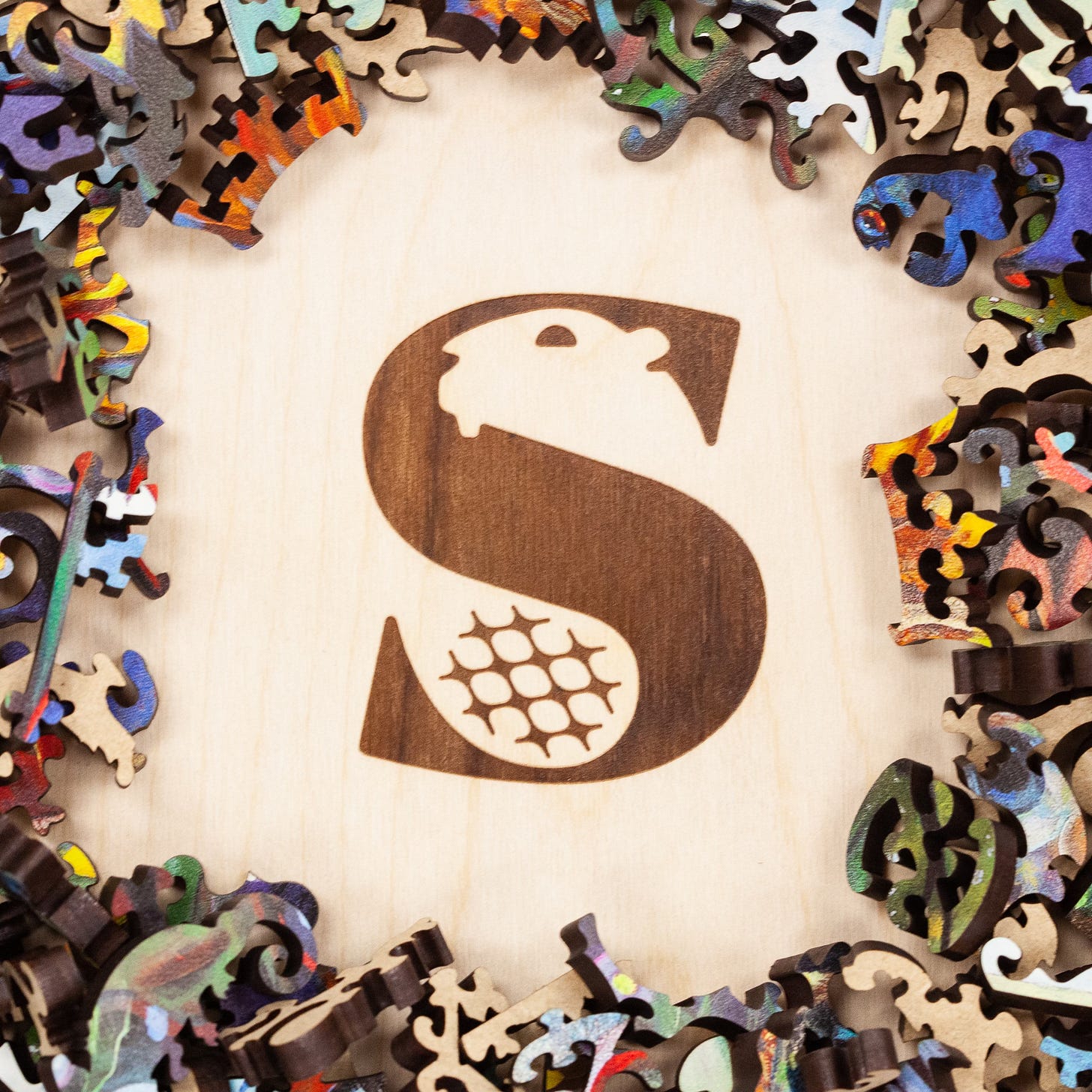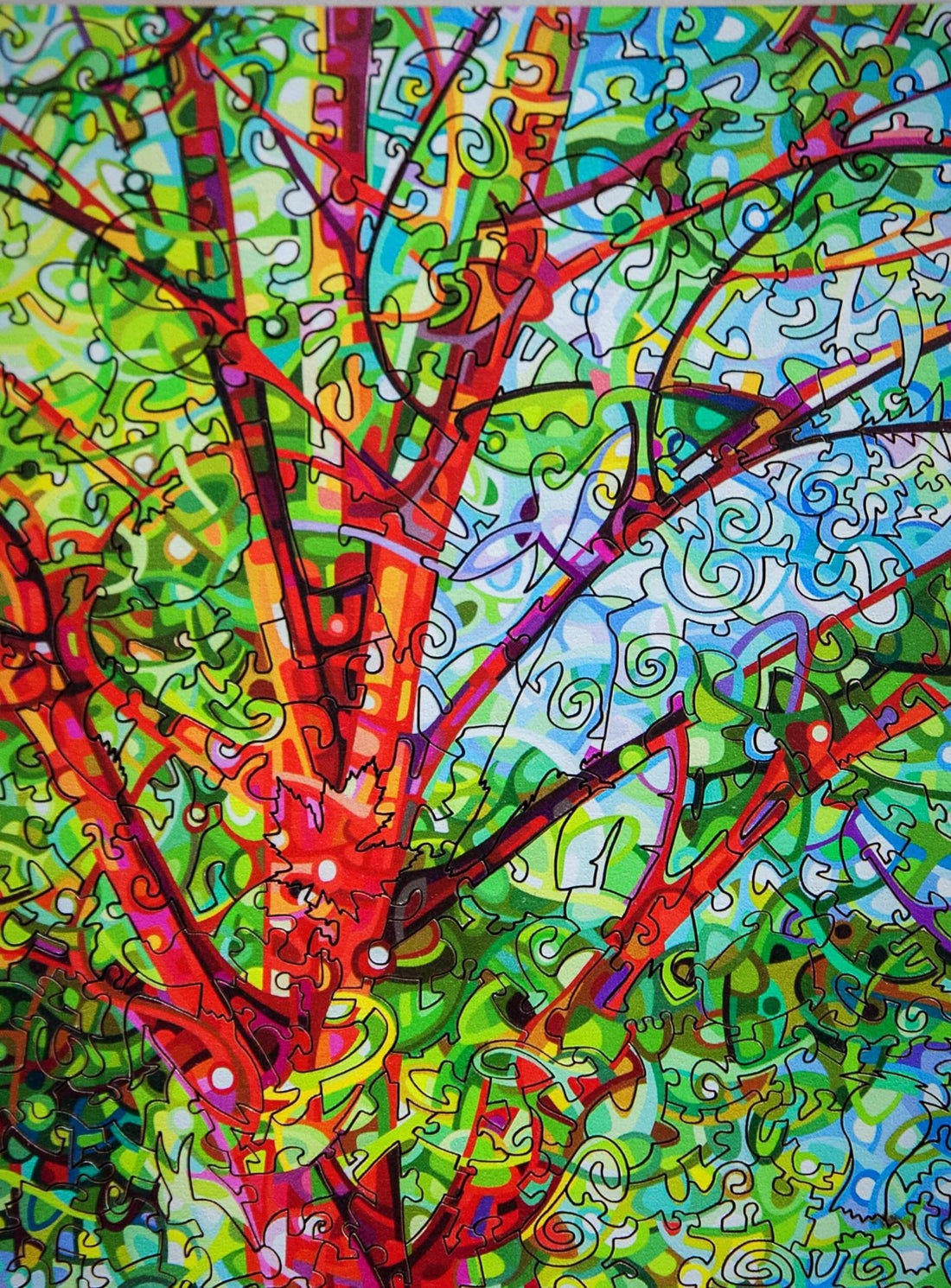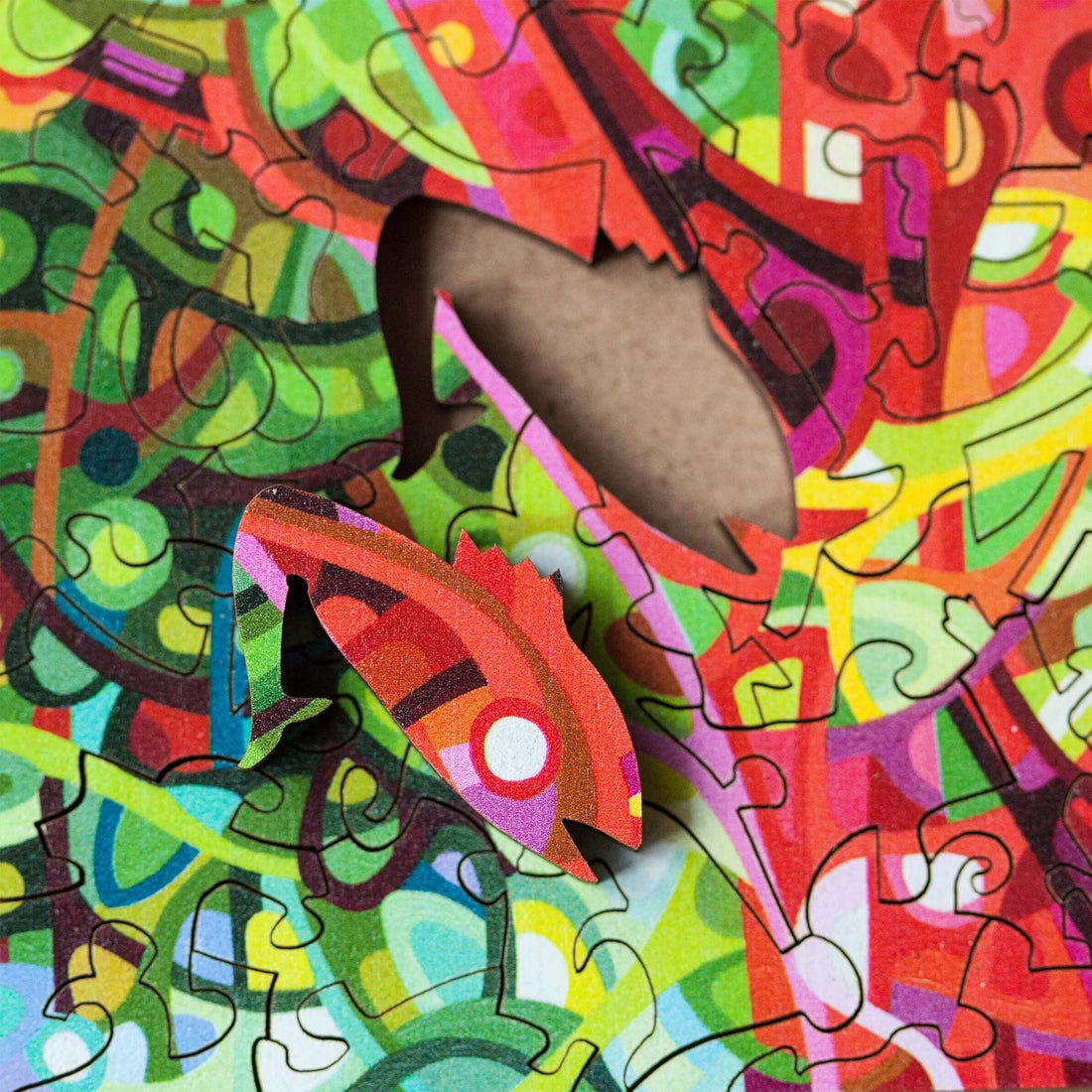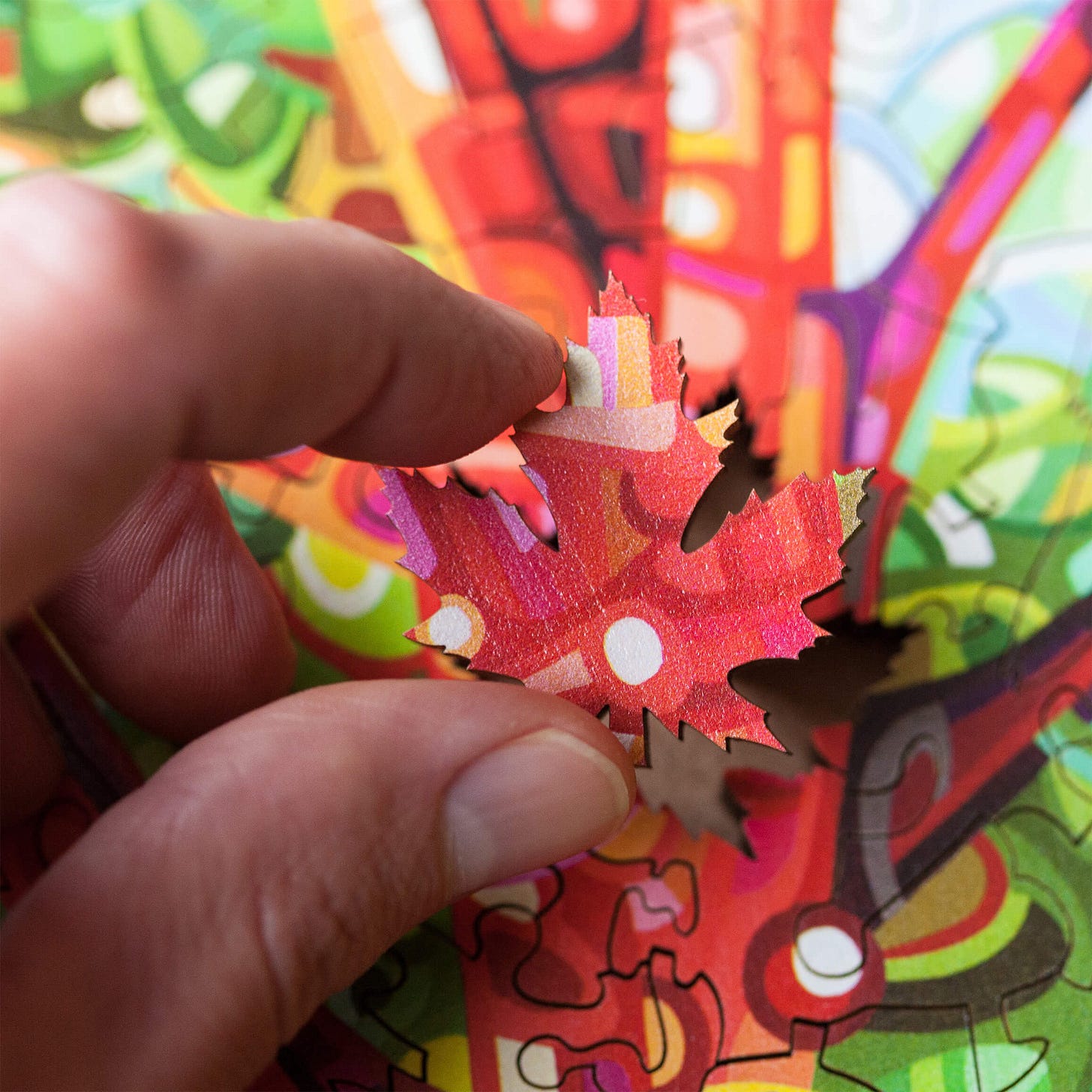
I invite you to consider the concept of the metacrisis and reflect on how long you have been aware of it. What is your understanding of what it consists of? For some, it might signify a crisis of meaning or sense-making, while for others, it may relate to geopolitical issues, like climate, energy, and tribalism. Do you recall when the metacrisis first became a significant concern in your life? How has it shaped your perspectives over time? Have you identified actions you might take to address this crisis?
Next, I encourage you to explore how the metacrisis intersects with your personal life. Consider how it has influenced your behaviors or prompted changes within you. What inner growth do you need to undergo to act upon the actions you believe are needed? What gets in the way of your doing so?1
You may notice that the first area of concern - how you perceive the global crisis - is related to your second concern - how you respond to it. We cannot have one without the other because everything is interrelated. In other words, we affect our world, and our world affects us.
‘Life is relationship.’
Although we hear this concept frequently, I sense that few of us truly grasp its meaning, because 'relationship' is not a tangible object but a dynamic process. Processes are not visible, nor can they be dissected into individual parts. They can only be lived through as experiences, and therefore, they can only be understood in retrospect as something of significance.
Puzzles provide a compelling metaphor for exploring this dynamic process known as Gestalt formation.2 As such, Jasen Robillard, owner of Stumpcraft, is more than a puzzle designer; he crafts experiences. His puzzles allow us to experience the value of relationships, more specifically, the interconnectedness that binds reality. Similar to how Jasen’s puzzle pieces assemble into a visual work of art, a figure needs ground to form a whole that is ultimately greater than the sum of its parts. The relationship between figure and ground is a Gestalt3 that conveys meaning. Creating meaning is how we orient ourselves in the world.

Exploring Gestalt Formation
Let’s consider Stumpcraft’s symbol: when you focus on the curve of the 'S', you'll notice two different animals based on where your attention lies and how the background shifts which gives rise to its meaning. From one angle, you will notice a head of a beaver, and yet from another, you will see a bird’s head. Shifting our focus alters the significance we attribute to the light space against the dark backdrop.
Described as ‘The McGilchrist Maneouvre’ by Jonathan Rowson, this imperceptible but sequential phenomenon occurs constantly in us as:
"the ‘right, left, right’ functioning of our brains as we move from the presencing of a particular lived context (right hemisphere) to the re-presentation of that context into elements for analysis (left hemisphere) and then back into a perception of context that is changed by the hemispheric interaction (the right hemisphere’s initial perception of context is enriched and enhanced by the left hemisphere’s analysis and includes but transcends it)."
Put simply, figures emerge from the background, undergo reality testing and analysis, and then return to the background where they are either accepted into a new Gestalt or are rejected altogether.
Finding Our Piece
We may look at the same thing, as for example, the state of the world today. However, because we see the world from our unique vantage points, we come to different conclusions:
“We need to include the natural cycles of female physiology.” (Adriana Forte of CLab)
“We need a philosophy to live by that integrates scientific knowledge, embodied knowledge as well as spiritual insights.” (Jessica Boehme of rewilding philosophy)
“We need a self-guided, interactive platform designed to help people make sense of their lives.” (Jill Nephew, founder of Inqwire)
“We must cultivate a way of being truly present together.” (Ria Baeck, author of Collective Presencing)
All of these women have responded to the metacrisis in their own ways, drawing on their unique wisdom shaped by their individual histories, experiences, perspectives, and goals. While their varied responses enrich our lives, they also add complexity to our unified field of awareness. For example, since our perception involves continuous Gestalt formations, we have limited control over how our responses land in others (and for that matter, how their responses land in us). An action intended one way may be received entirely differently, influenced by the recipient’s unique background and interpretations. This complex human interaction makes it difficult to coordinate our individual efforts into collective actions.
However, there is a way to navigate through this human complexity to form coherence with others. Becoming aware of our focus (that is, the figures we are attending to) and the origins of our responses (or the background from which they occur) allows us to understand how we create meaning, more importantly, how we arrive at our reactions. We can then share this insight with others. This kind of personal disclosure fosters a healthy, generative connection not only with ourselves but also with others.
In essence, by learning to recognize where our experiences arise from, enhances our ability to appreciate each other’s differences, thereby reducing conflict. Forming ‘good contact’ enables us to co-create a consensual reality which, in turn affords us the ability to coordinate our efforts into a more cohesive whole.

The Grace and Beauty of Chaos
Like a puzzle with its interlocking pieces, life consists of a series of interpenetrating moments. How effectively we organize and then respond to these moments determines how satisfied and fulfilled we are and will continue to become. Mastering the art of gracefully navigating the potential of each moment, both within ourselves and in our interactions with others, opens up the door to knowing and being known - this dynamic process is love, from which everything emerges.
As author and theologian, Thomas Keating in The Beauty of Chaos points out:
“We try so hard to put order into our lives and the cosmos. There is none. Instead, there are lots of comings and goings, ups and downs. In fact, everything at the subatomic level is chaos. Moments of perfect order coalesce only to dissolve again into the thrilling immensity of infinite possibilities. Love is all because it is nowhere, not one place but every place. Every form is teaming with life and with various forms of consciousness or no consciousness, like bees swarming in a hive, life on every level is busy yet it's doing nothing. Remaining for a moment and then quickly passing away only to be back in another form in another kind of community, in another chaos. Chaos is our home. It is always becoming, ending, and starting a new.”
While we may struggle to agree on a shared reality, it is crucial to remember that we are all evolving. Developing our capacity to acknowledge this journey within ourselves and in others marks the start of living a compassionate life.
In the words of author and Christian mystic, Cynthia Bourgeault:
“May we all go forth courageously into the present.”
Becoming a part in this constantly evolving Whole is central to being at peace.4
The original idea for this inquiry came from Jill Nephew, A Complete “Theory of Everything” for Addressing the Meta-Crisis. In this video session presented at The Stoa, she guides her audience through an inquiry to help them get in touch with their unique perspectives of and in turn, individual responses to the metacrisis. I essentially used her inquiry as an outline to help my readers do the same.
‘Gestalt formation’ refers to a concept from Gestalt psychology. It supposes humans perceive the world as comprised of ‘objects’ (patterns or configurations) that are organized as complete wholes rather than merely the sums of their parts. This idea is summarized by the phrase: "The whole is greater than the sum of its parts."
‘Gestalt‘ is a German word and its closest translation is ‘configuration or pattern.’ The way figure and ground hang together forms a Gestalt which is how we organize our moments, our experiences, and create meaning.
Every Stumpcraft puzzle box includes the phrase "Find Your Piece" under its lid. This statement holds significant meaning in puzzle solving, where it refers to locating a missing piece, and it also carries weight in personal development, symbolizing the discovery of one's purpose in life and thus, place in the world.





Happy Mother's Day Claudia. As part of our own rituals and celebrations of the day, we spent time as a family with poet David Whyte on the topic of breakthrough; brilliance emerging from the (at-surface) apparent craziness. The imposter syndrome often silences with false accusations of "craziness". Thanks for sharing courageously - I appreciate it.
One of the poems from today - Enough by David Whyte:
Enough. These few words are enough.
If not these words, this breath.
If not this breath, this sitting here.
This opening to the life
we have refused
again and again
until now.
Until now.
Please find a unique Understanding of the ego-"I" and the chaos of experience, and of the metacrisis too via these references.
http://beezone.com/main-shelf/egodeathchaosexperience.html
http://www.adidaupclose.org/Literature_Theater/skalsky.html an introduction to The Orpheum Trilogy which includes The Mummery Book and The Scapegoat Book. The theme of The Mummery Book is Raymond's Problem or the Death of the Beloved
Orpheus was of course famous for attempting to rescue Eurydice from the chaos of the under-world
http://www.daplastique.com/essay/the-maze-of-ecstasy
http://www.adidafoundation.org/essays/the-eternal-war-between-orpheus-and-narcissus
http://beezone.com/adida/quandramamashikhara/thelawofpleasuredomeEDIT.html The Pleasure Dome Principle
http://beezone.com/shakti/theshaktiherplaywithadida.html SHAKTI